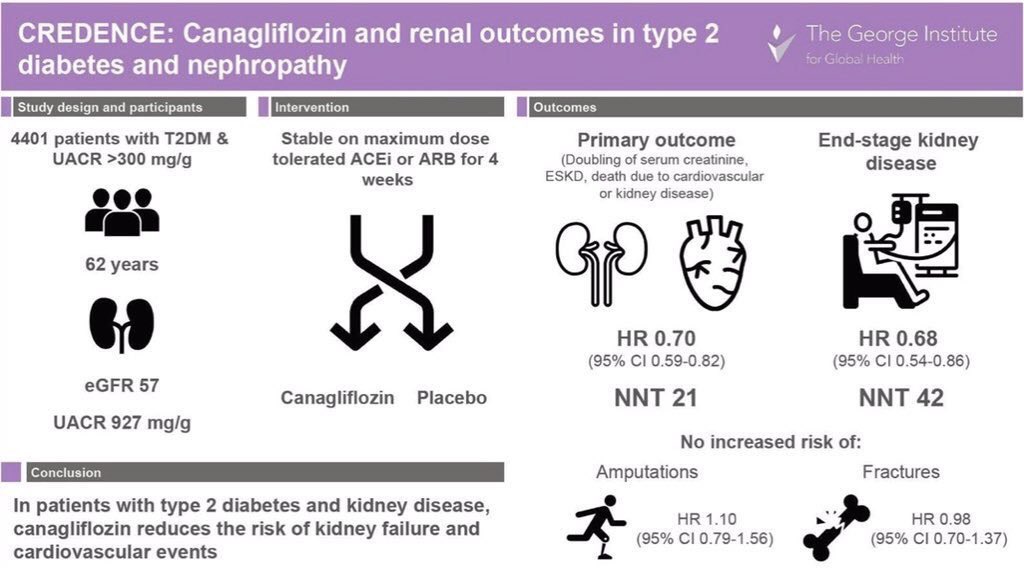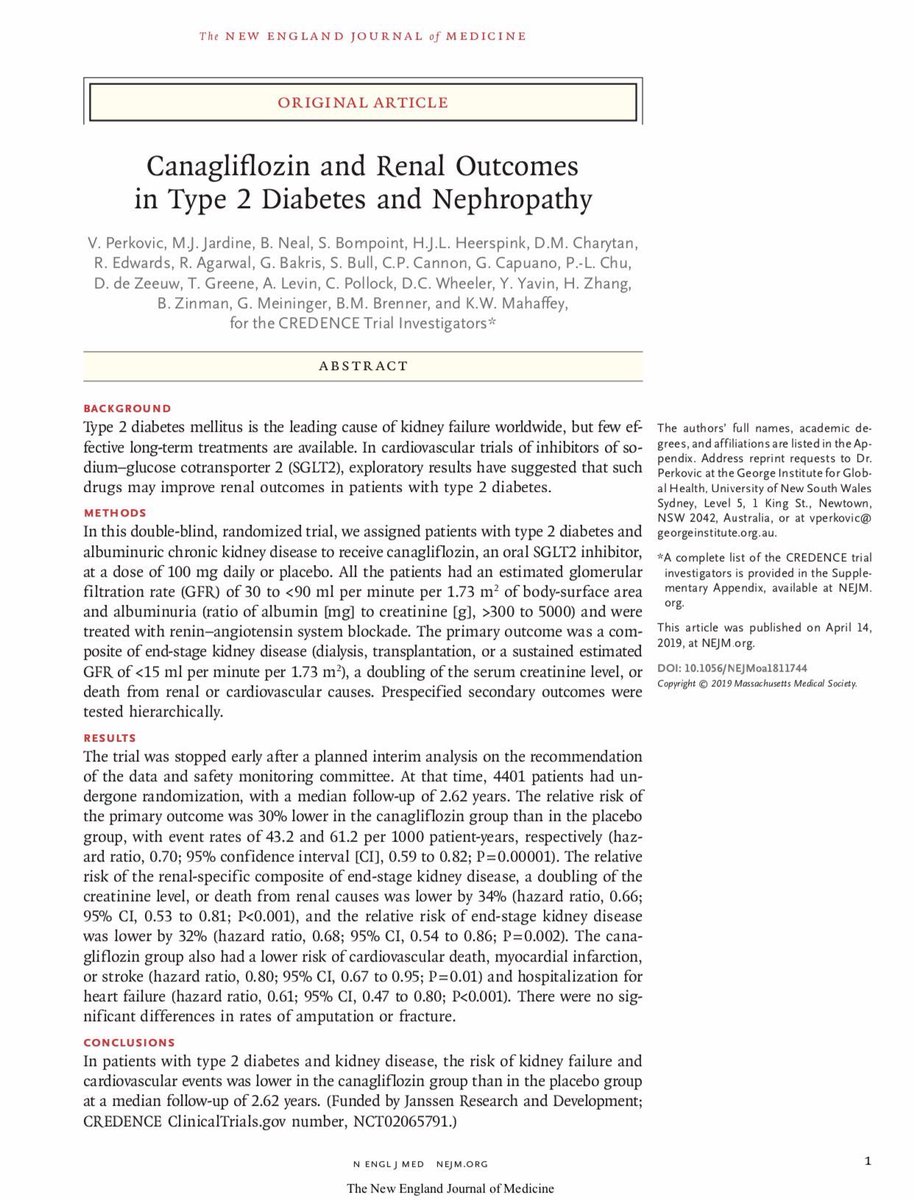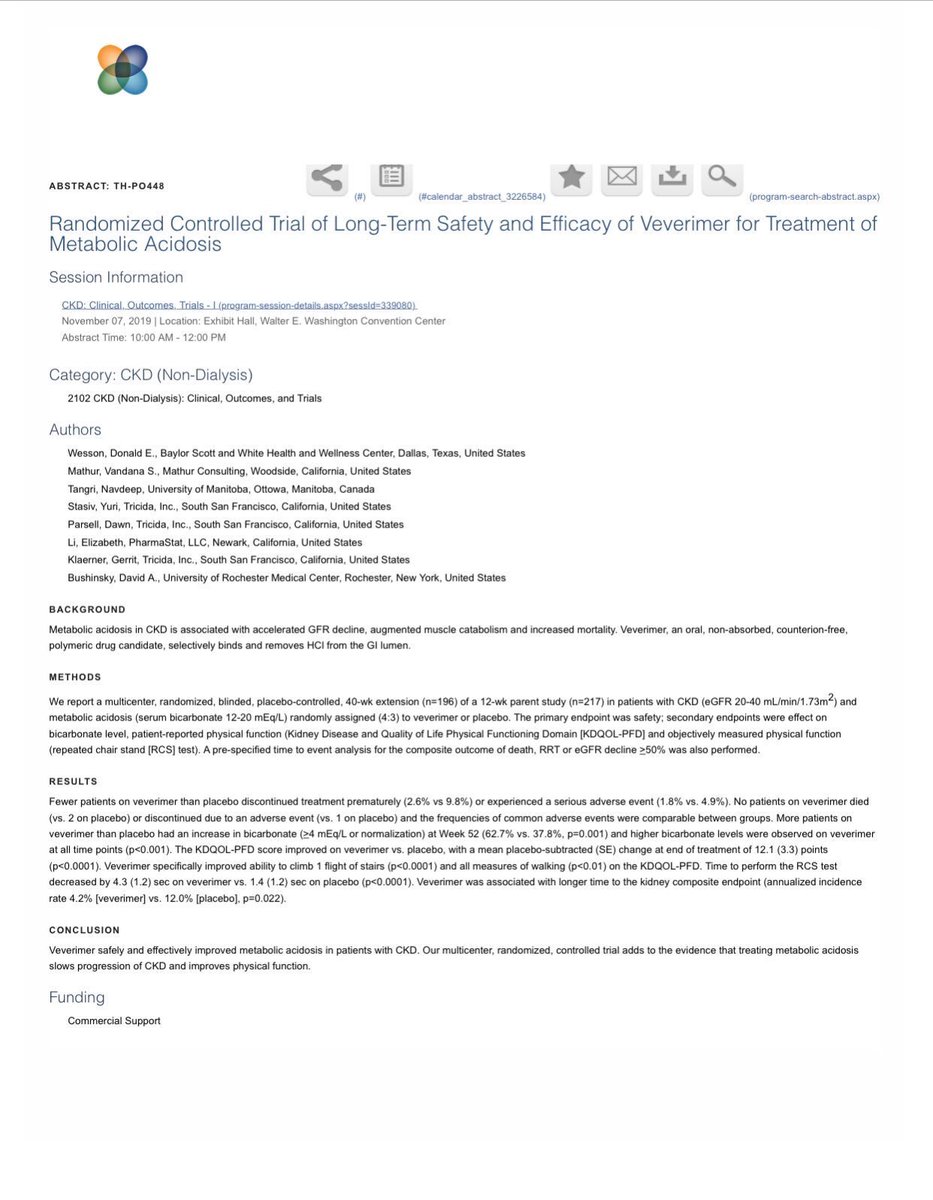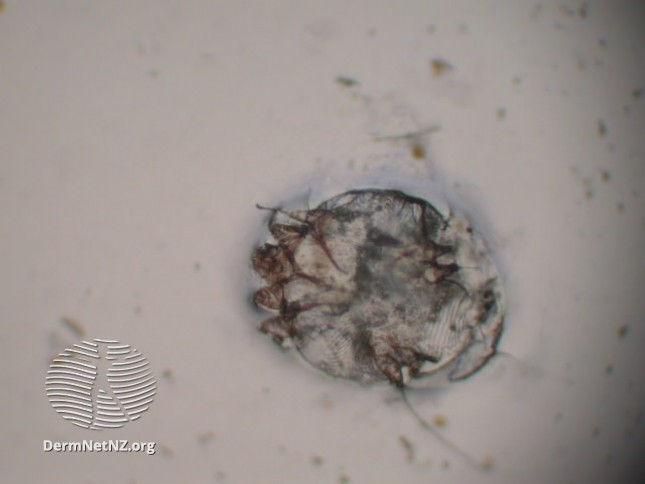Patient presented with pruritus. An initial approach involves asking:
1. Is the process dermatologic?
2. Is the process due to a systemic illness?
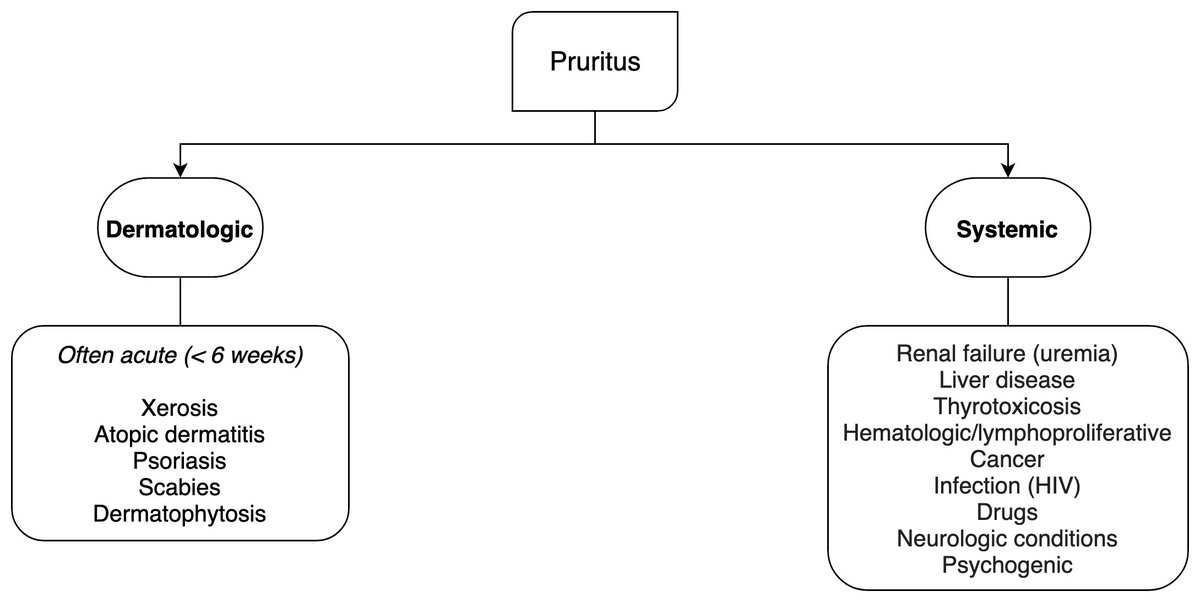
Initial approach to AKI involves:
1. Pre-renal
2. Intra-renal
3. Post-renal
Framework from @runthelistpod, also from Penn Frameworks: med.upenn.edu/frameworks/acu…
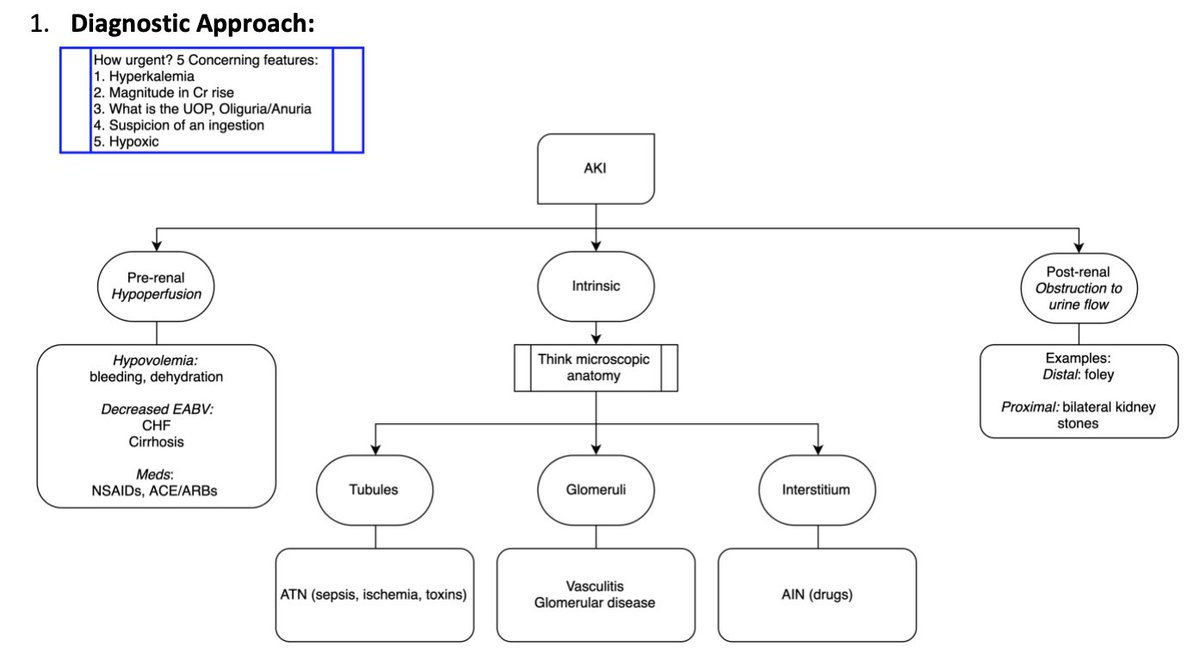

Patient had a FENa > 12%, fatty casts, no dysmorphic cells and 24h protein of 22g. This + hypoalbuminemia + edema → nephrotic syndrome.
Imagine of fatty casts: images.app.goo.gl/VjQZBhTSBjfb5z…
@CPSolvers schema for intrarenal AKI: clinicalproblemsolving.com/dx-schema-intr…
1. Minimal Change Disease
2. FSGS
3. Diabetes
4. Amyloid (including monoclonal gammopathies)
5. Membranous nephropathy
6: SLE
7. Infectious (HIV + others)
Ultrasound showed enlarged kidneys:
"Kidney enlargement does not support a chronic deterioration of kidney function, which is typically associated with smaller kidneys (usually measuring <8 cm in the largest diameter on U/S) but instead suggests an acute process."
Collapsing glomerulopathy sometimes idiopathic, also a/w:
1. HIV infection
2. Other Infections (parvo, CMV, HCV)
3. Drugs (bisphosphonates, interferon-α, and valproic acid)
4. Autoimmune dz (SLE)
5. TMA
6. Hematologic conditions (hemophagocytic syndrome)
"Collapsing lesions may result from dysregulation of the cell cycle of the podocyte after direct injury (e.g., from viral infections) or from stimulation by cytokines 2/2 immune activation"
"Variants of APOL1 may predispose persons of African ancestry"
Treatment is tough, prognosis is poor w/ relapse a concern even after transplant
1. Glucocorticoids often used
2. Utility of other immunosuppression unclear
3. Aggressive BP control
4. Manage urine volume and electrolytes
5. Treat associated hyperlipidemia





